Affiliate links on Android Authority may earn us a commission. Learn more.
Is OPPO intentionally trying to ruin OnePlus?
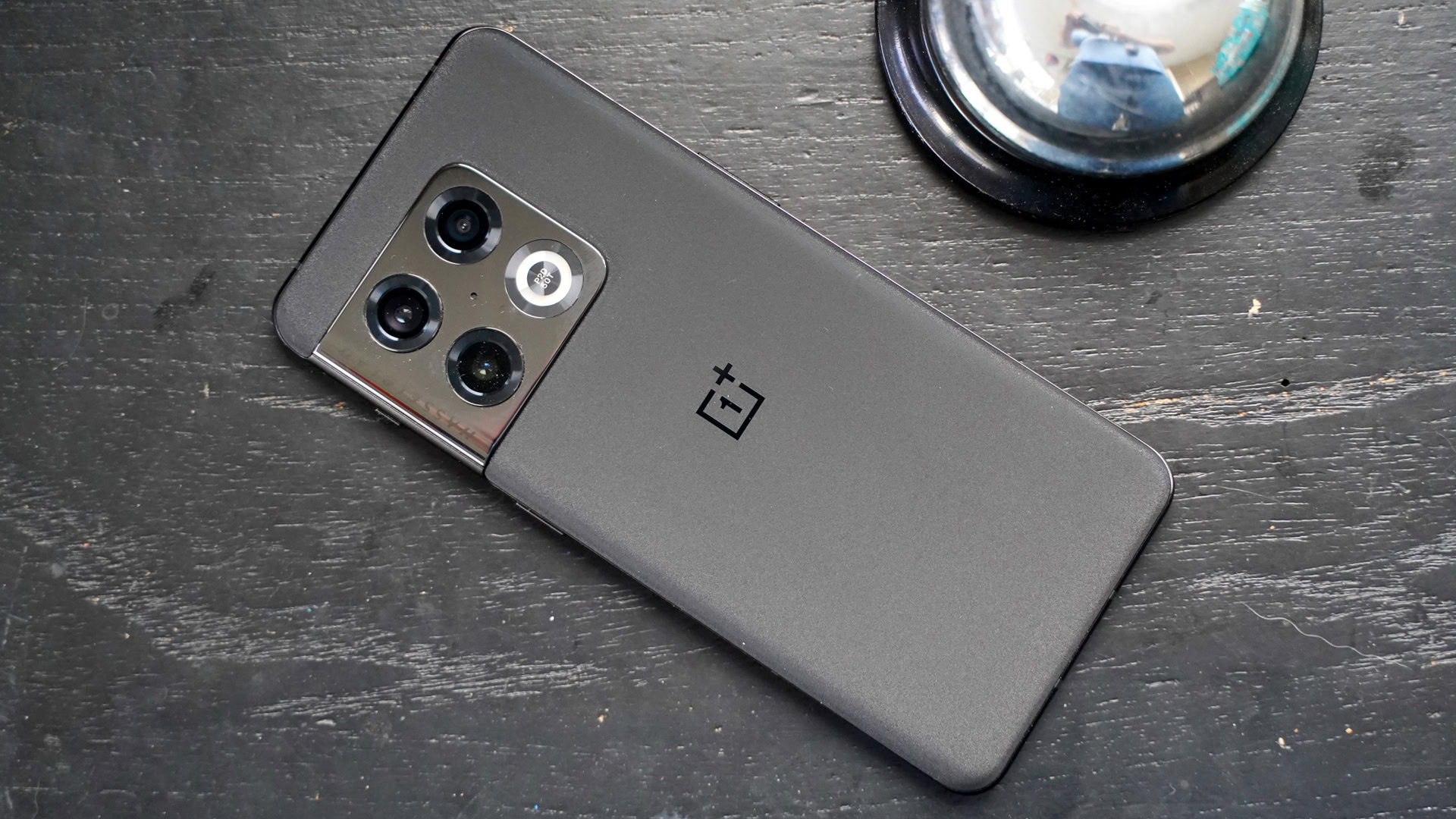
OnePlus used to be the enthusiasts’ brand of choice, but a lot has changed in the last couple of years. These changes have largely been as a result of OPPO and OnePlus merging, with OPPO effectively wielding the power and influence in this arrangement.
There are undoubtedly fans out there who believe OPPO has ruined OnePlus. But is OPPO deliberately trying to sabotage OnePlus? Or are these changes merely the by-product of a parent manufacturer that doesn’t know how to handle its younger sibling of a brand?
Do you think OPPO is intentionally trying to ruin OnePlus?
OnePlus before the merger
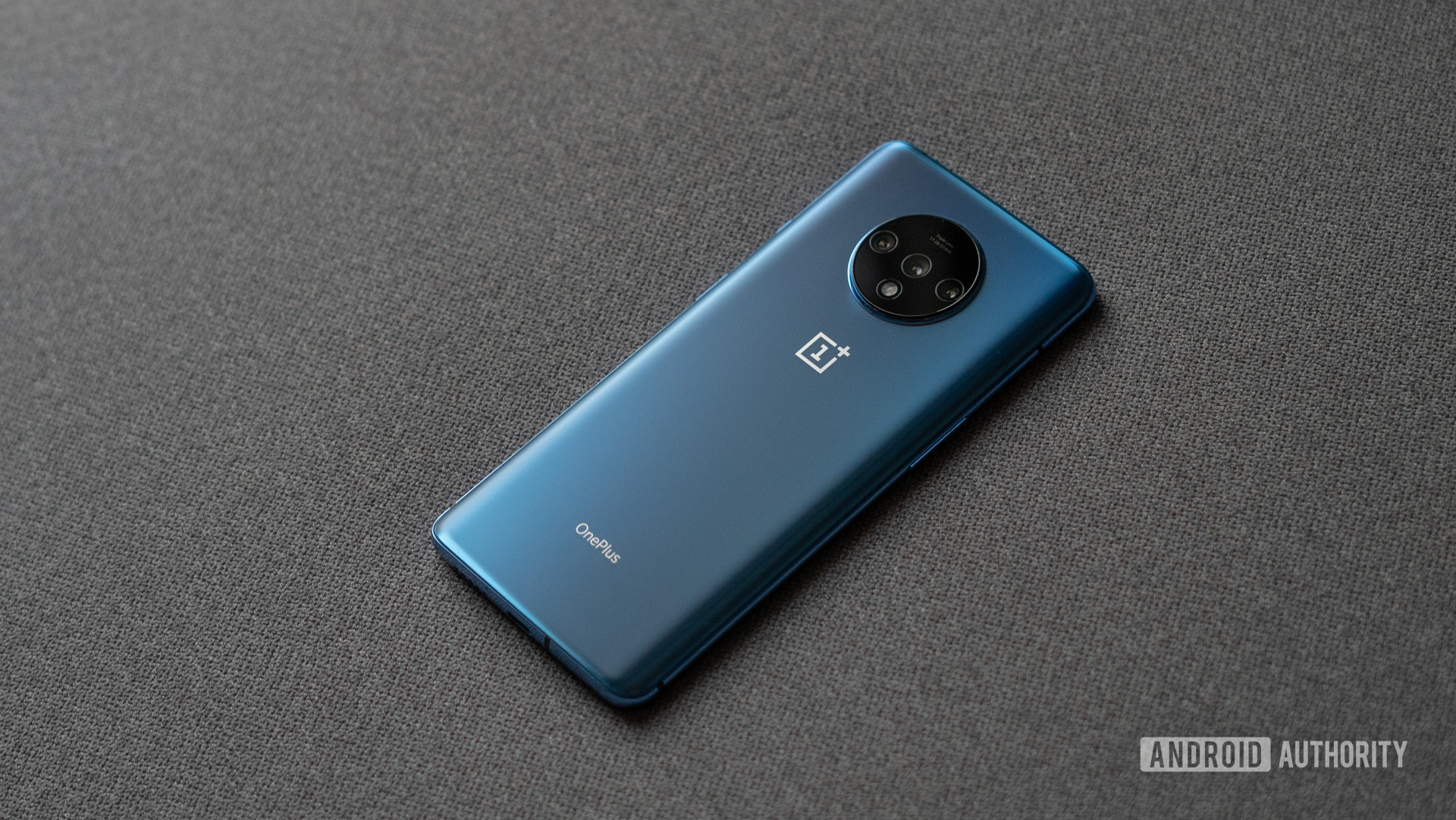
OnePlus was far from the perfect smartphone brand prior to officially merging with OPPO. In fact, the company’s ties to OPPO were always evident thanks to numerous device similarities. But it definitely presented a distinct identity thanks to a number of product and business decisions.
The firm made a name for itself with 2013’s OnePlus One, which established a number of key selling points for subsequent OnePlus phones. You got a flagship-level device at a cheaper, competitive price, unique materials and a recognizable alert slider, a clear developer-friendly focus, and a clean take on Android (first via Cyanogen OS and then via Oxygen OS).
OnePlus first made a name for itself thanks to affordable pricing, developer-friendly wares, and slick software.
OnePlus eventually became the top premium player in India in Q2 2018, holding onto that title with few interruptions until 2021. It also had a tiny but vocal fanbase in the US, and was the only BBK brand officially in the market. It crowned that success by securing carrier support in the US in 2018 — no mean feat by any measure.
This popularity among enthusiasts resulted in closer scrutiny for the brand. Steady price increases over the years meant that 2019’s OnePlus 7T and 7T Pro started at $600 and $830 respectively, while 2020’s OnePlus 8 series jumped to $699 and $899 respectively. The “old” OnePlus also saw other controversies, such as a long hesitation to adopt IP ratings, questions over telephoto camera claims, and benchmark cheating. The company even started to make things a little harder for tinkerers by requiring people to fill in a form if they wanted to OEM-unlock their device.
How OPPO changed OnePlus
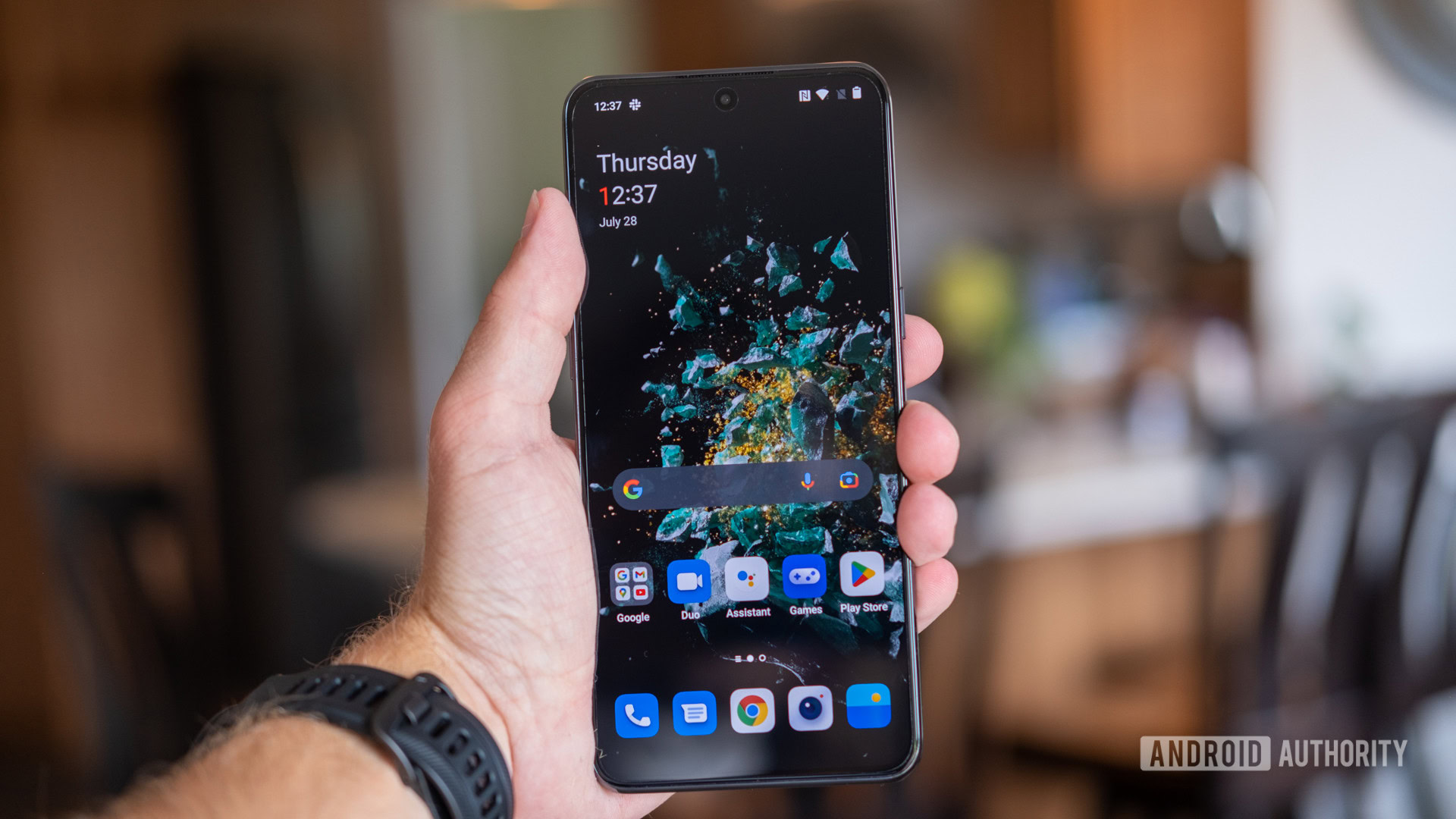
OnePlus underwent major changes in 2020, releasing a stream of budget phones as well as a controversial Oxygen OS 11 update that was closer to OPPO’s own Color OS 11. Soon after, the two companies would announce in January 2021 that they were merging their R&D divisions. Then came the June 2021 bombshell that OnePlus was merging with OPPO.
Co-founder Pete Lau claimed that the merger would allow for faster, more stable software updates, as well as access to more resources. Addressing concerns about what would separate it from OPPO in the future, OnePlus told Android Authority that it had a “unique group of very tech-savvy users, so we will continue customizing the OnePlus experience to meet their needs in many ways.” Unfortunately, many decisions since the merger created an impression that OPPO is stripping away everything that made OnePlus unique in the first place.
From a stream of budget phones to the alert slider's removal, OPPO has made plenty of polarizing changes to OnePlus.
Perhaps the biggest change was the removal of the trademark alert slider from many OnePlus phones, including flagship the OnePlus 10T. OnePlus also revealed an Oxygen OS 13 update that was effectively Color OS 13 with a few OnePlus-focused tweaks. The company also opted to launch the OnePlus 10 Pro in China over two months before global markets, then repeated that China-first approach with the OnePlus 11 (albeit with only one month’s difference). This made for a big departure from the brand’s previous global-first approach. OPPO has also pinched the Hasselblad branding for its Find series of flagships, despite OnePlus originally signing a deal with the camera company prior to the merger.
OnePlus under OPPO has also further distanced itself from its developer audience. XDA-Developers reported that OnePlus was either failing to release kernel sources for devices or releasing them in an incomplete fashion. It also seemingly killed its bug bounty program, among other grievances.
Calculated gambles or intentional hobbling?
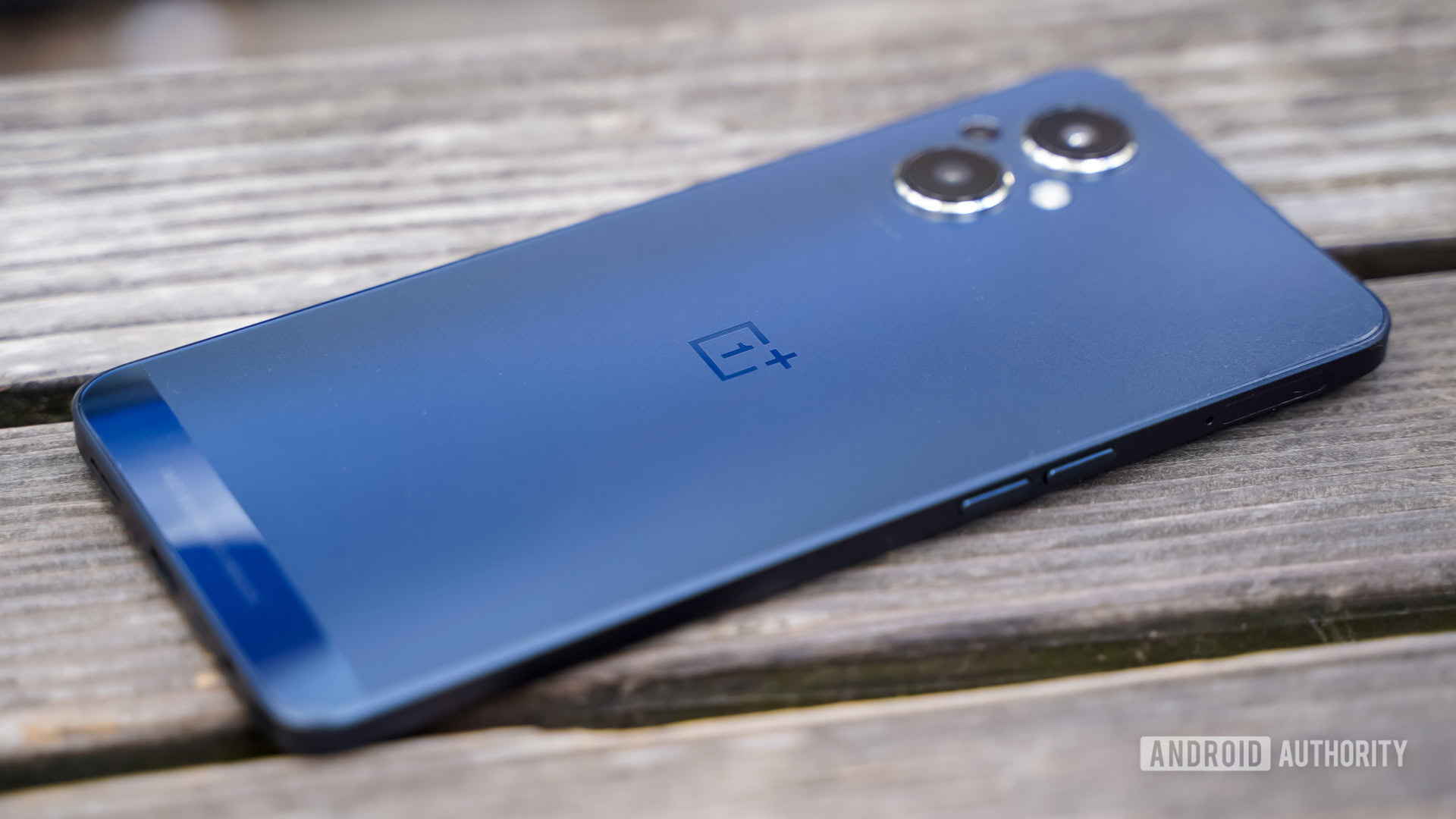
It’s incredibly easy to be cynical and say that OPPO is sabotaging OnePlus in a bid to mold it in its own image regardless of the cost. But there also appears to be logic to some of these decisions.
For one, the move to flood markets with OnePlus Nord devices, occasionally derived from OPPO models, might dilute the brand in some ways. But it also seems to be part of a calculated effort to gain market share. After all, OnePlus struggled to crack the top five players globally at the height of its pre-OPPO merger success — not a surprise given its flagship-only approach. As expected, the budget Nord strategy bore fruit early on, as the firm briefly passed Google in the US for fifth place in Q4 2021, recording 524% yearly growth.
There seems to be logic to most of OPPO's decisions regarding OnePlus, but it certainly feels like a dice throw in several cases.
Counterpoint Senior Analyst Flora Tang also dished out some possible business-related reasons for OnePlus offering Nord devices:
“The economy of the largest markets for OnePlus smartphone sales, India and West Europe, has suffered headwinds in the past two years to the proliferation of Covid, fluctuation of exchange rates, inflation, and other geopolitical risks,” Tang told Android Authority in response to an emailed query. “It seems blameless for OnePlus to push out more affordable devices to increase its market share.”
This reasoning also suggests that many people might not be able to splash out on high-end phones these days to begin with. So taking the affordable route allows these consumers to stick with the OnePlus brand.
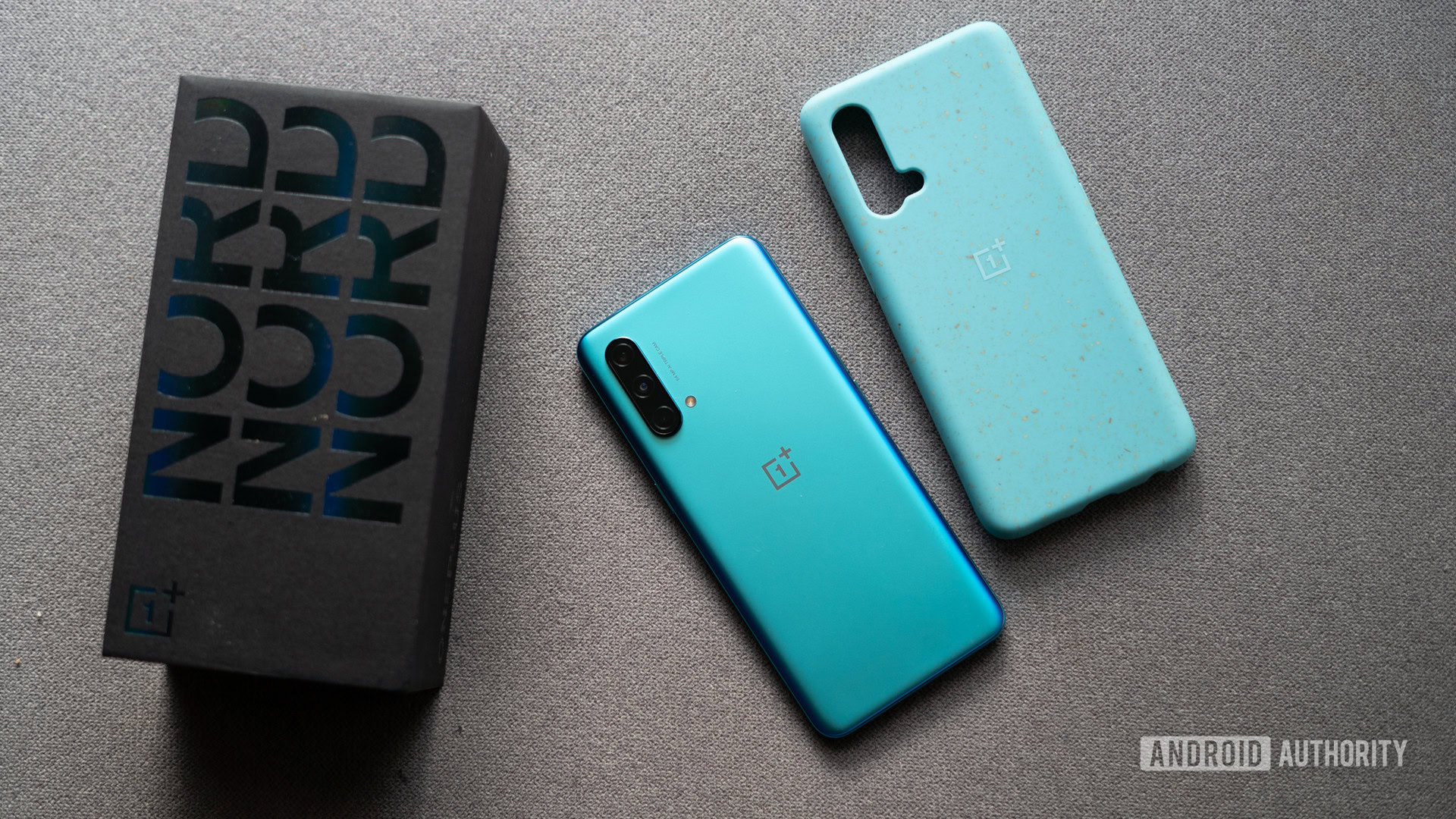
The decision to launch flagships in China first is also a weird one at first glance, but there seems to be sound reasoning here too. China is a massive market for premium phones, and so success here can dwarf the brand’s admittedly modest performance in global markets, giving the company more profits and more resources in turn. An early Chinese launch also allows OnePlus flagships to be part of the first wave of devices using Qualcomm‘s high-end silicon, giving the company some PR points, albeit at the expense of global users.
Tang expanded on OnePlus and OPPO’s China focus, noting that OnePlus had actually stated a goal to lead China’s premium market back in 2020:
Following the collapse of HUAWEI in early 2021, both OPPO and OnePlus have started to eye the lucrative opportunity left by their largest Chinese rival. OPPO can leverage the ‘premium’ brand image of OnePlus to penetrate the premium segment, and OnePlus can rely on the channel resources of OPPO to grow in China, and we believe this is one of the reasons behind the integration of the brands.
“Though it has launched some products in China first, it doesn’t mean the overseas regions will be any less essential to OnePlus,” the analyst further asserted.
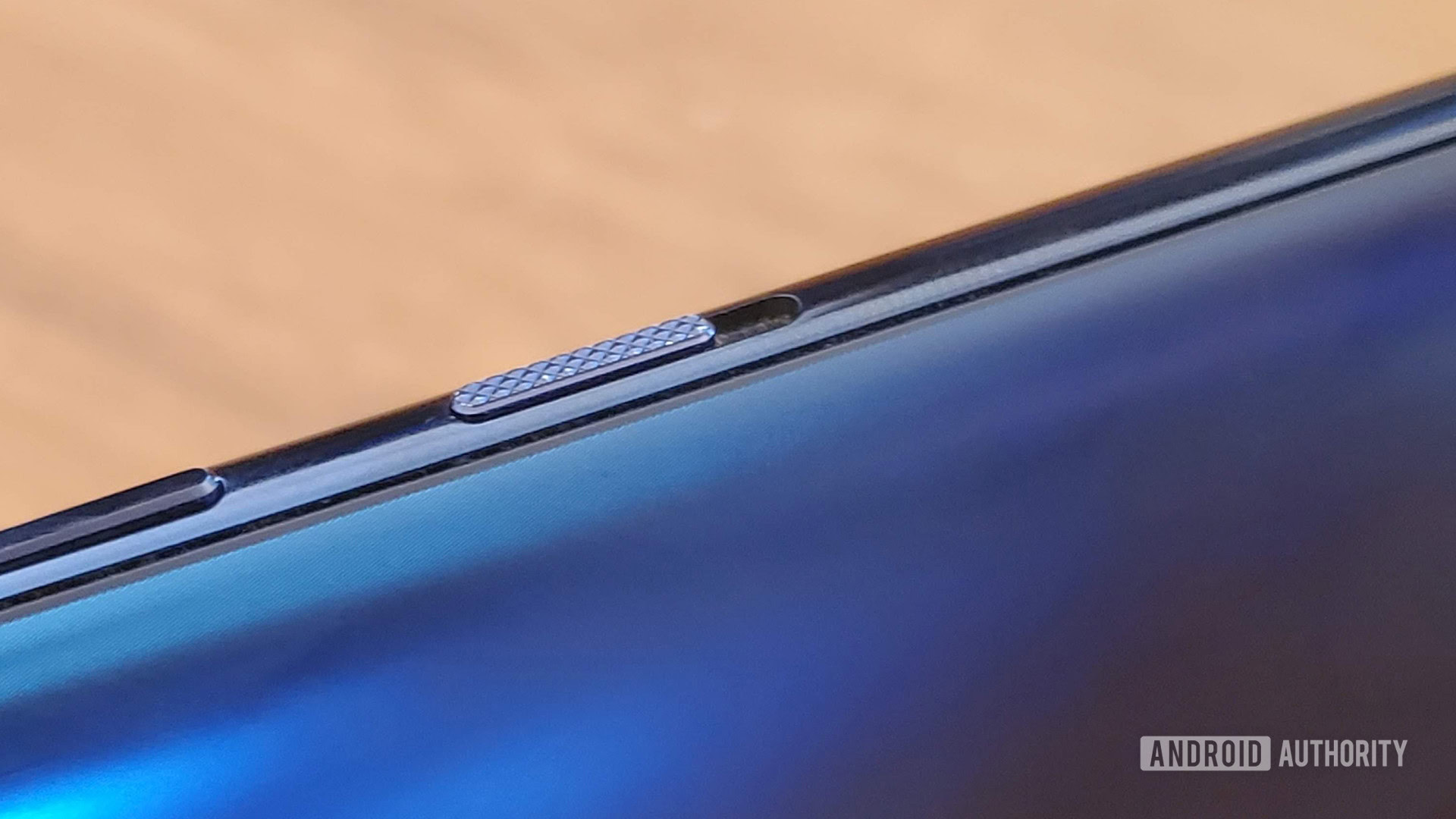
Ditching the alert slider is a more questionable move, though. At the time, OnePlus took a page out of the 3.5mm jack book of excuses, arguing that the slider occupied a significant amount of internal space. The company said this newly-freed space was used for faster charging, a bigger battery, and improved signal on the OnePlus 10T. And yet, the slider-toting OnePlus 10 Pro is actually a little narrower and thinner than the OnePlus 10T but still offered an identically sized battery, healthy wired charging speeds, and wireless charging. We’re guessing that ditching the alert slider also allows OnePlus to more easily grab OPPO designs for rebranding.
The Counterpoint analyst indeed raises the possibility that OnePlus and OPPO will share even more resources in the future:
We expect OnePlus to gradually become a unique sub-brand under OPPO group like today’s Iqoo is to vivo.
For the uninitiated, Iqoo is a performance-focused sub-brand of vivo. The sub-brand’s phones usually lack features like IP ratings and flagship-level secondary cameras. But you can otherwise expect plenty of horsepower, high-quality screens, ultra-fast charging, and a cheaper price tag.
OPPO is banking on OnePlus gaining mainstream appeal at the expense of driving away its small but vocal enthusiast audience.
That’s not to say OnePlus is now a hopeless proposition, though. We’ve seen a few great Nord phones globally, the US Nord phones are still attractive choices owing to a dearth of competition, and the OnePlus 10 Pro is still significantly cheaper than OPPO’s own flagships. But even the OnePlus 10 Pro felt like a step back for the brand. We bemoaned the downgraded ultrawide camera, poor low-light performance, inconsistent software, and the lack of an IP rating for unlocked devices in our OnePlus 10 Pro review.
Either way, it’s clear that most of these aforementioned moves are calculated gambles that could drag OnePlus down even further just as easily as pull it up. OPPO is essentially banking on OnePlus gaining mainstream appeal at the possible expense of driving away the small but vocal enthusiast audience.
Where to next for OnePlus under OPPO?
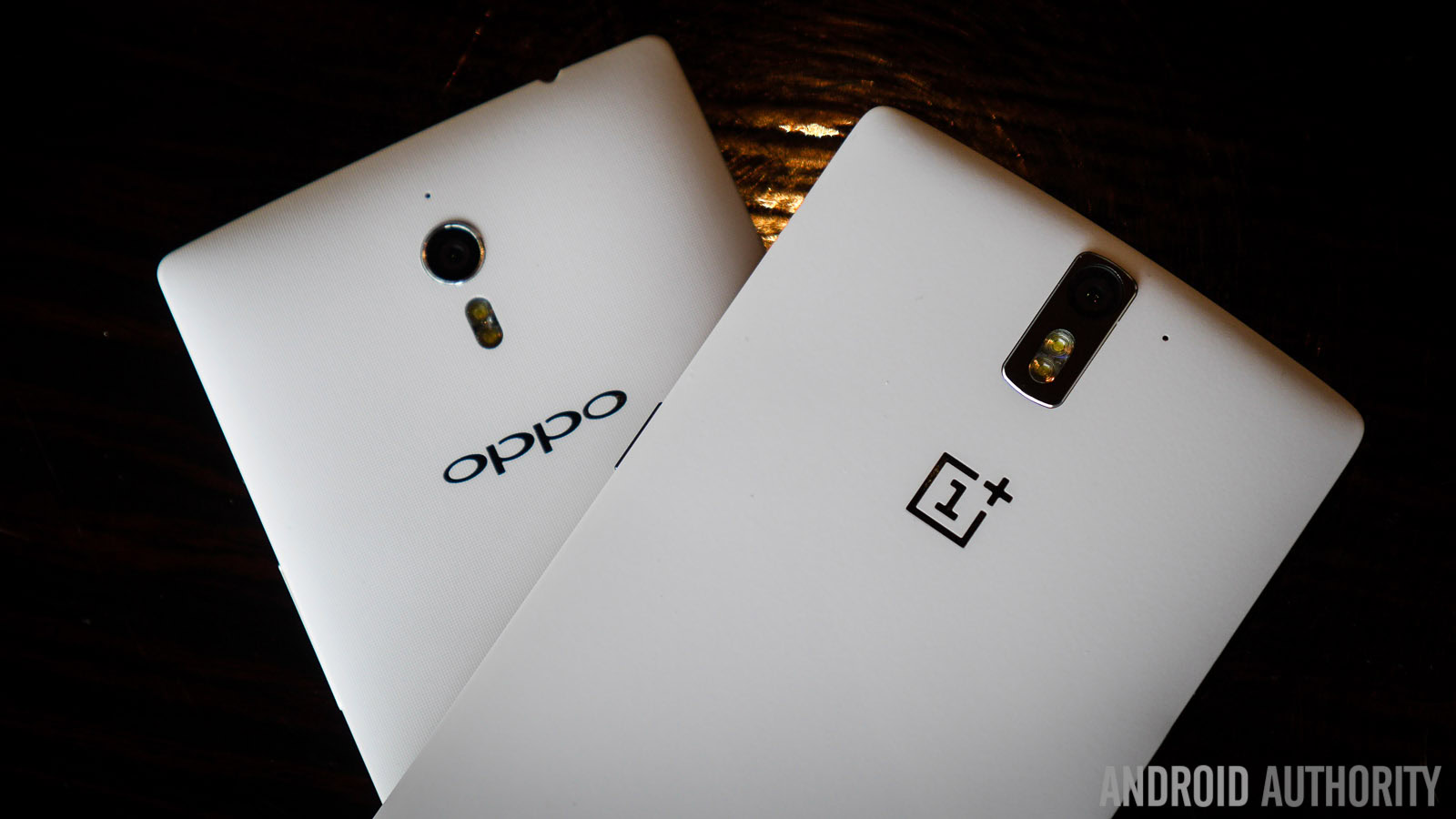
Between the Color OS/Oxygen OS similarities, the OnePlus 11 looking like an incremental upgrade, and what seems like a stepped-up focus on the Chinese market, it’s tough to shake the feeling that OnePlus won’t be watered-down under OPPO in 2023. After all, a OnePlus phone with an OPPO-derived design, Color OS-derived Android skin, and no alert slider is just an OPPO phone.
Still, there are a couple of encouraging signs for the company. A new leak suggests the upper mid-range OnePlus 11R could bring back the trademark alert slider to cheaper phones. The brand also announced that it would match Samsung’s update pledge — albeit for select 2023 flagships only. But these are two small consolations in what feels like a real make-or-break year for OnePlus.
The big question is whether OPPO can successfully draw one in this game of blackjack. Because losing the enthusiast crowd without gaining mainstream adoption in return means OnePlus will be a dead brand walking.
More OnePlus coverage: What we want to see from OnePlus in 2023